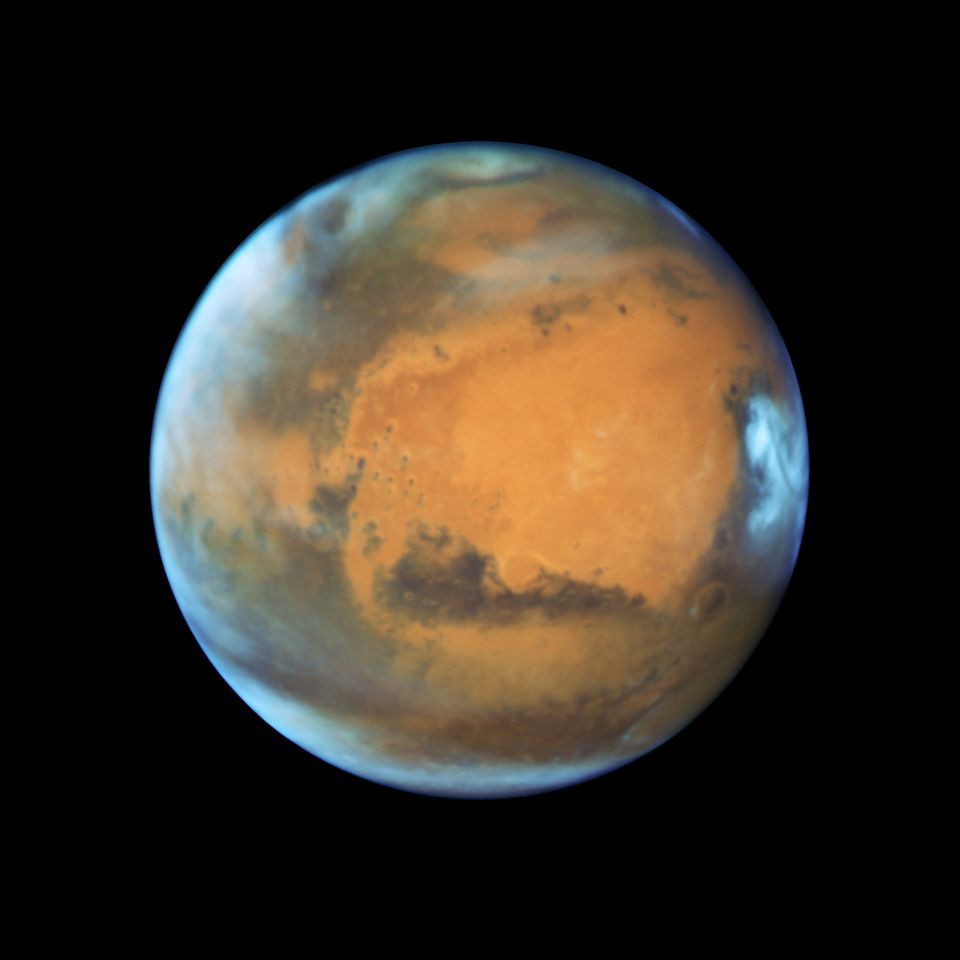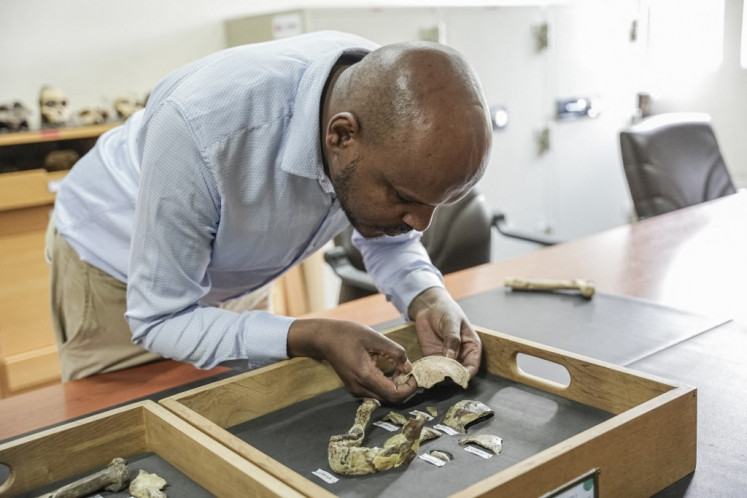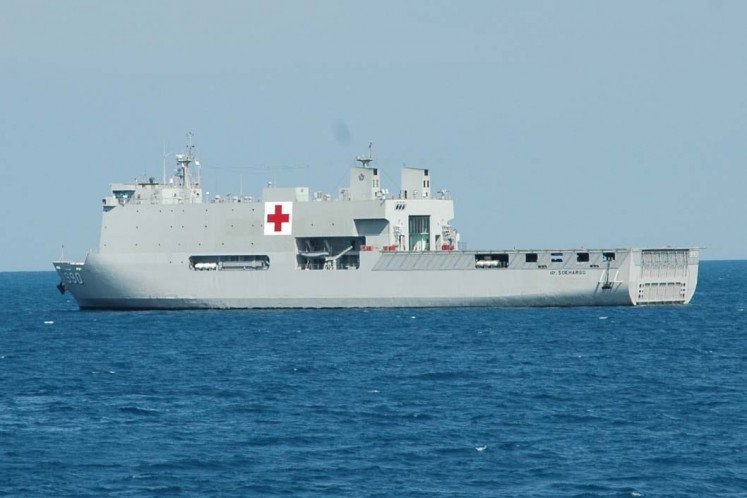Popular Reads
Top Results
Can't find what you're looking for?
View all search resultsPopular Reads
Top Results
Can't find what you're looking for?
View all search resultsElon Musk aiming to send Starship to Mars by end of 2026
Musk presented a detailed Starship development timeline in a video posted online by his Los Angeles area-based rocket company, SpaceX, a day after departing the administration of US President Donald Trump as head of a tumultuous campaign to slash government bureaucracy.
Change text size
Gift Premium Articles
to Anyone
T
wo days after the latest in a string of test-flight setbacks for his big new Mars spacecraft, Starship, Elon Musk said on Thursday he foresees the futuristic vehicle making its first uncrewed voyage to the red planet at the end of next year.
Musk presented a detailed Starship development timeline in a video posted online by his Los Angeles area-based rocket company, SpaceX, a day after departing the administration of US President Donald Trump as head of a tumultuous campaign to slash government bureaucracy.
The billionaire entrepreneur had said earlier that he was planning to scale back his role in government to focus greater attention on his various businesses, including SpaceX and electric car and battery maker Tesla Inc.
Musk acknowledged that his latest timeline for reaching Mars hinged on whether Starship can accomplish a number of challenging technical feats during its flight-test development, particularly a post-launch refueling maneuver in Earth orbit.
The end of 2026 would coincide with a slim window that occurs once every two years when Mars and Earth align around the sun for the closest trip between the two planets, which would take seven to nine months to transit by spacecraft.
Musk gave his company a 50-50 chance of meeting that deadline. If Starship were not ready by that time, SpaceX would wait another two years before trying again, Musk suggested in the video.
The first flight to Mars would carry a simulated crew consisting of one or more robots of the Tesla-built humanoid Optimus design, with the first human crews following in the second or third landings.
NASA is currently aiming to return humans to the surface of the moon aboard Starship as early as 2027 - more than 50 years after its last manned lunar landings of the Apollo era - as a stepping stone toward ultimately launching astronauts to Mars sometime in the 2030s.
Musk, who has advocated for a more Mars-focused human spaceflight program, has previously said he was aiming to send an unmanned SpaceX vehicle to the red planet as early as 2018 and was targeting 2024 to launch a first crewed mission there.
The SpaceX founder was scheduled to deliver a live webcast presentation billed as "The Road to Making Life Multiplanetary" from the company's Starbase, Texas, launch site on Tuesday night, following a ninth test flight of Starship that evening.
But the speech was canceled without notice after Starship spun out of control and disintegrated in a fireball about 30 minutes after launch and roughly halfway through its flight path without achieving some of its most important test goals.
Two preceding test flights in January and March failed in more spectacular fashion, with the spacecraft blowing to pieces on ascent moments after liftoff, raining debris over parts of the Caribbean and forcing scores of commercial jetliners to change course as a precaution.
Musk shrugged off the latest mishap on Tuesday with a brief post on X, saying it produced a lot of "good data to review" and promising a faster launch "cadence" for the next several test flights.











